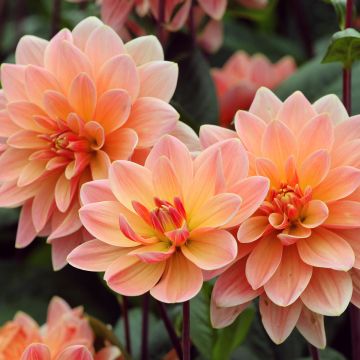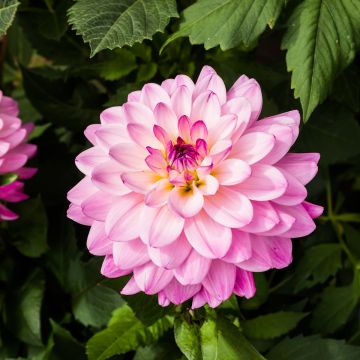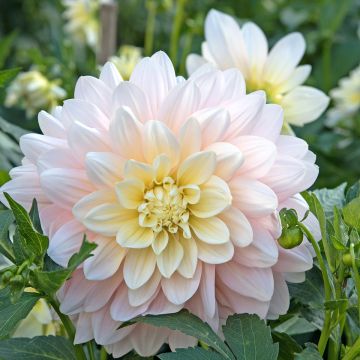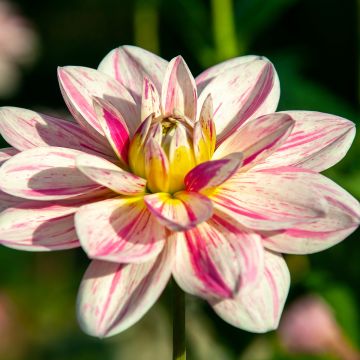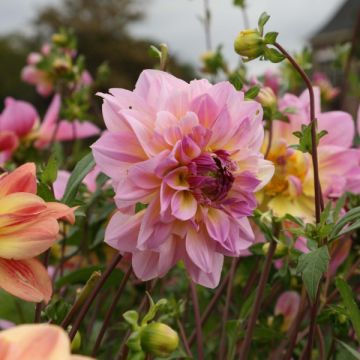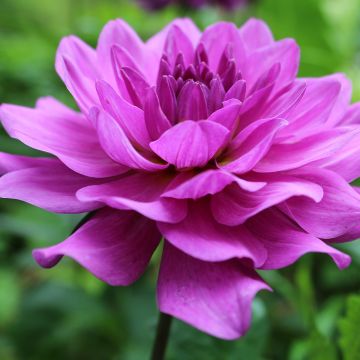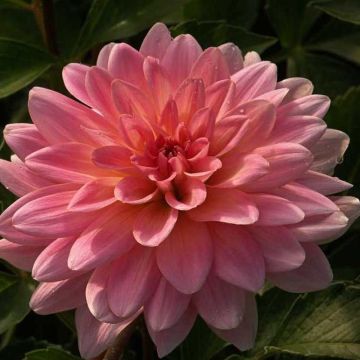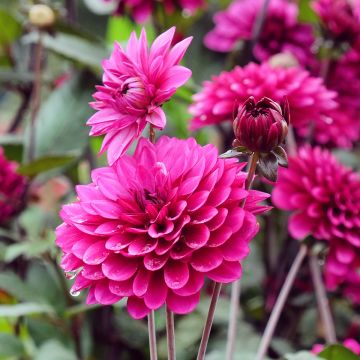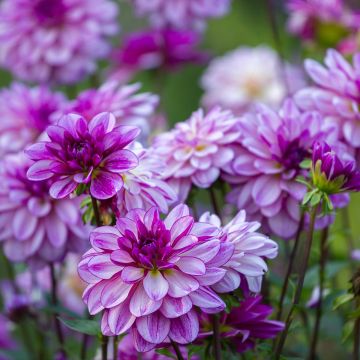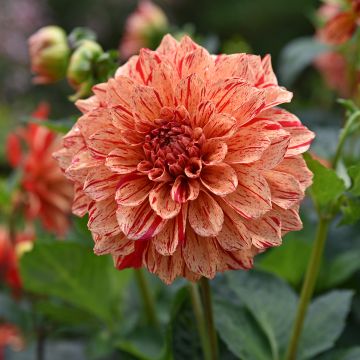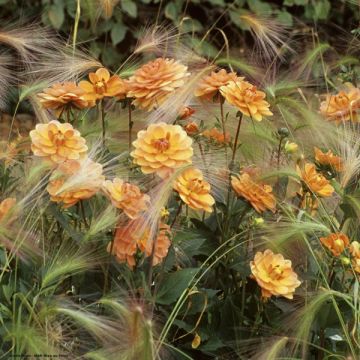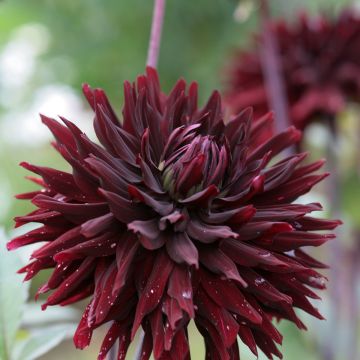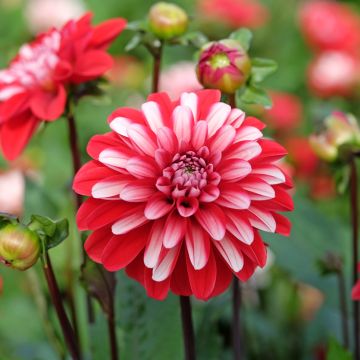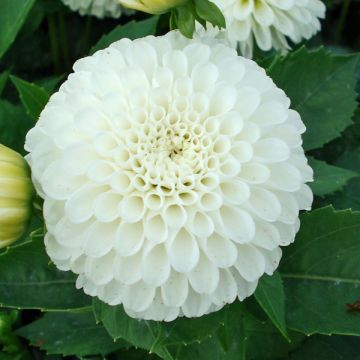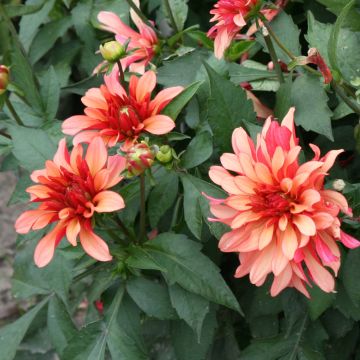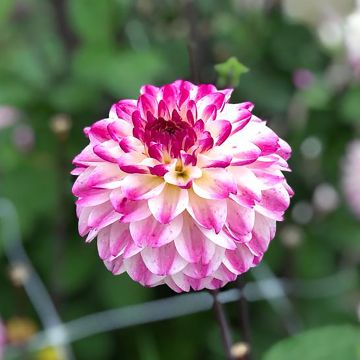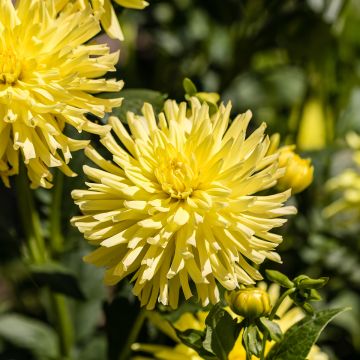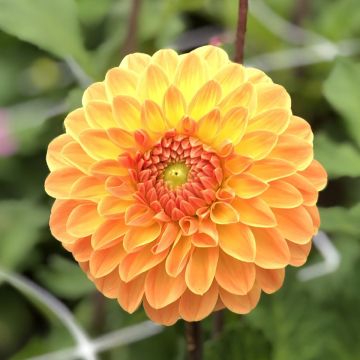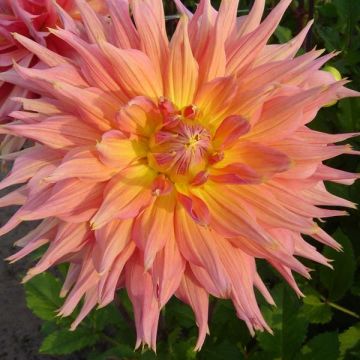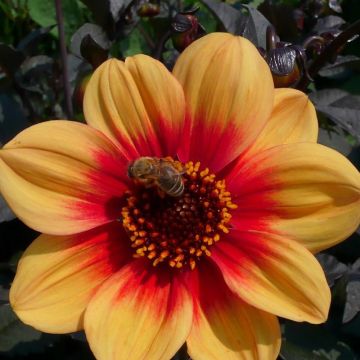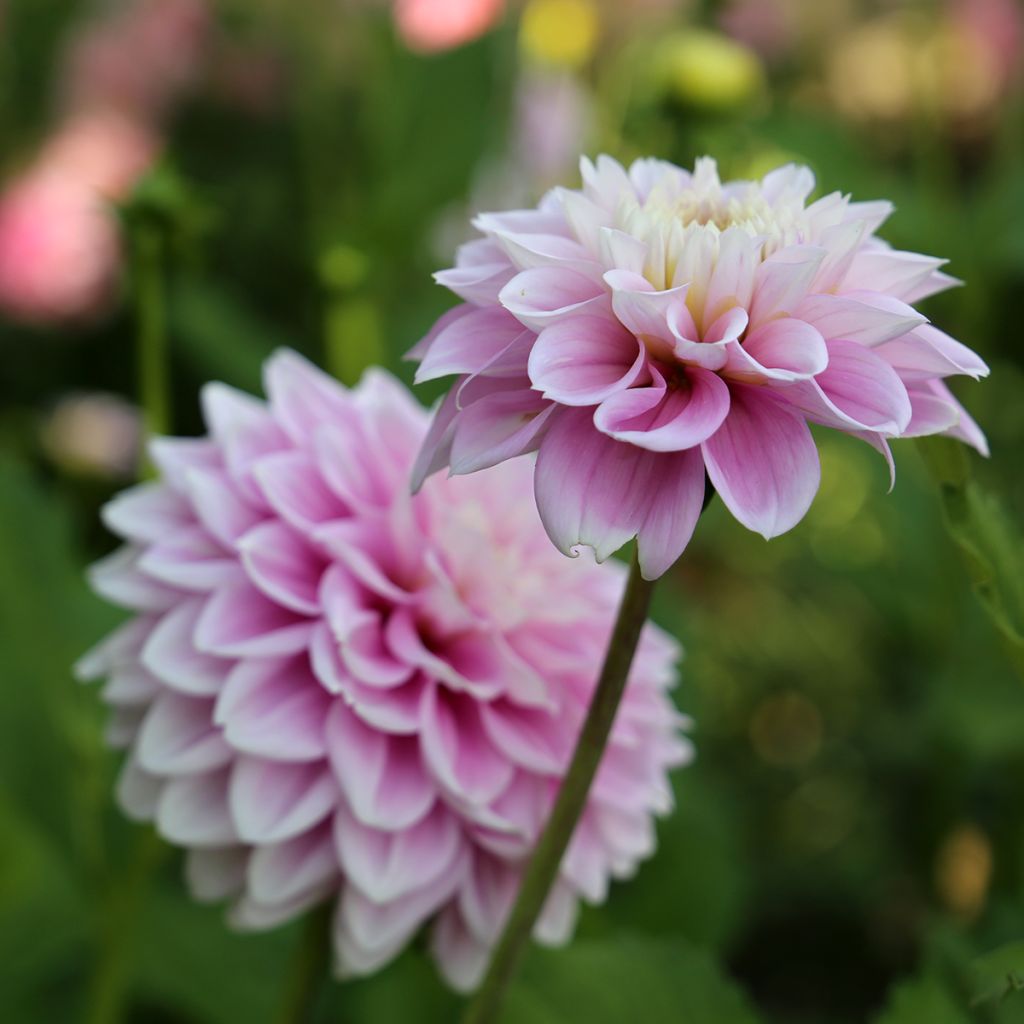

Dahlia Offshore Dream
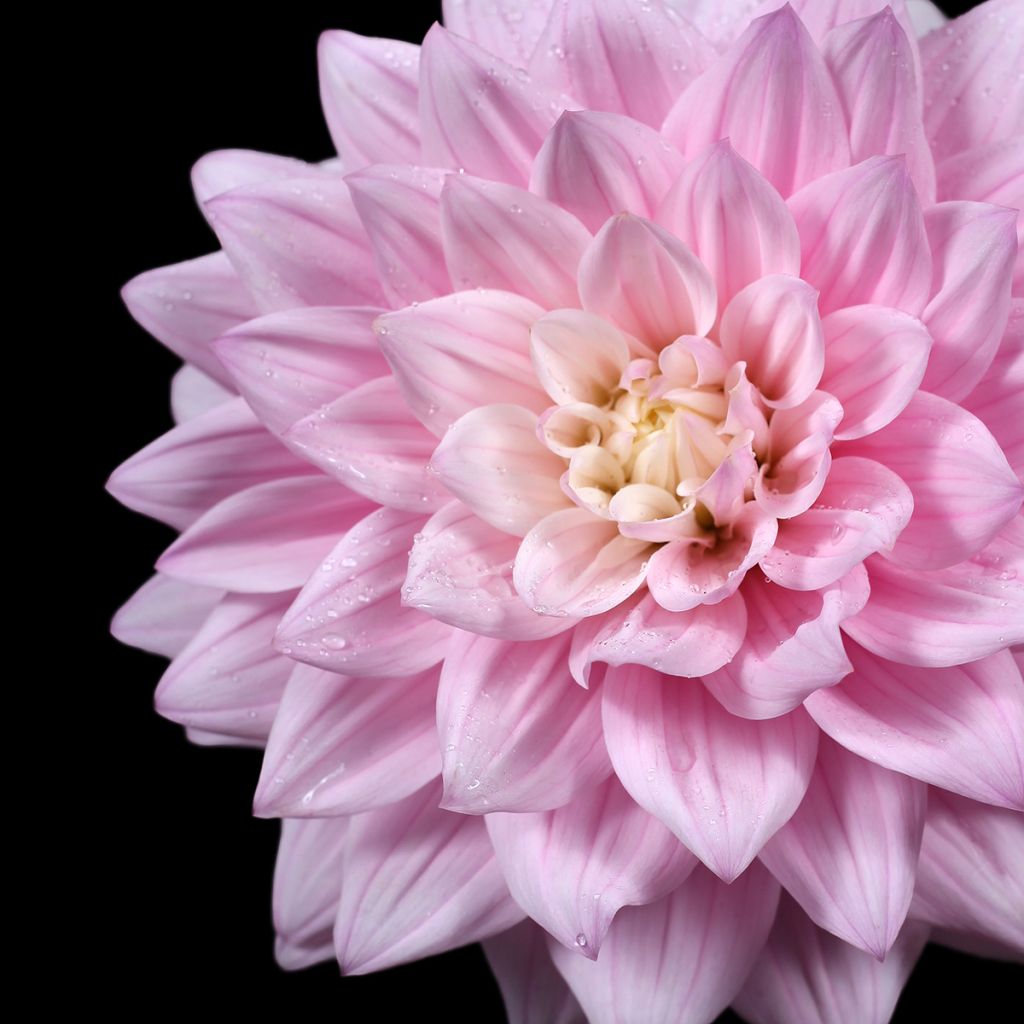

Dahlia Offshore Dream
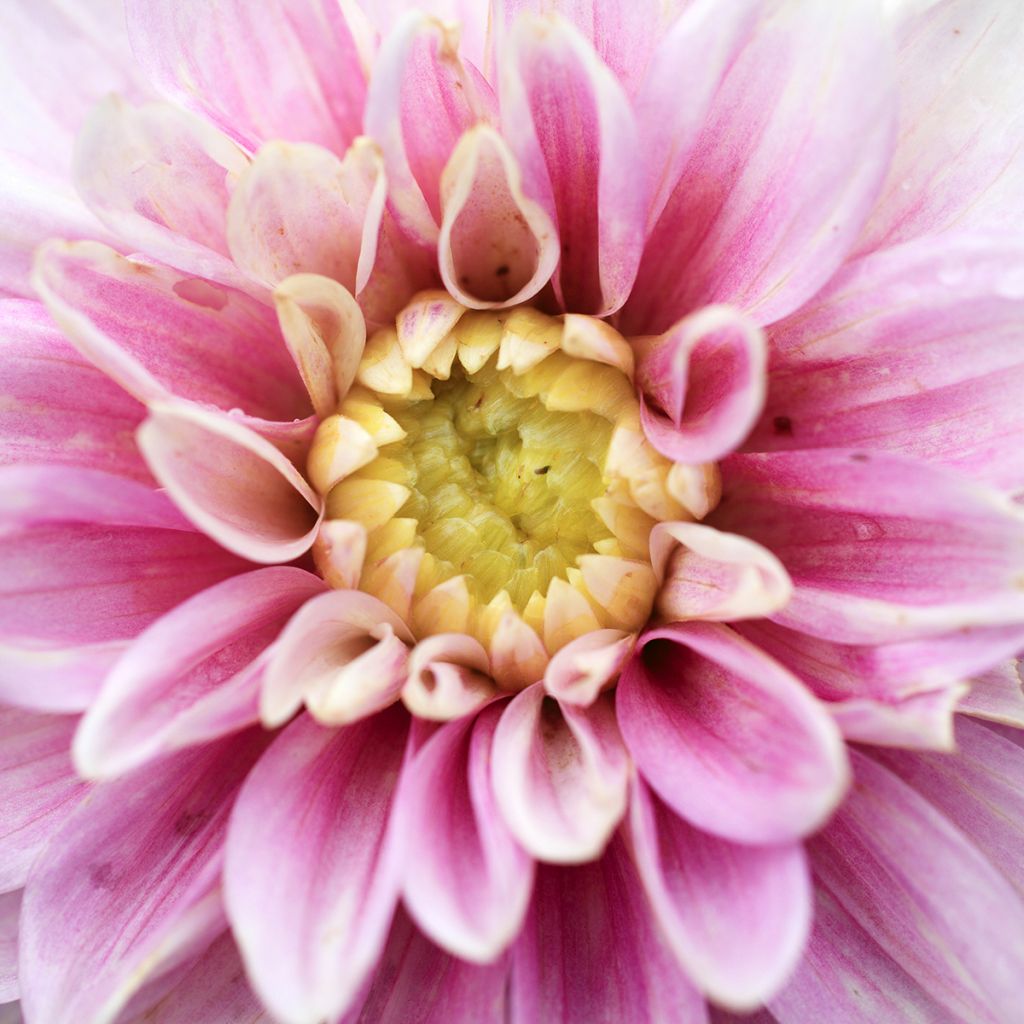

Dahlia Offshore Dream
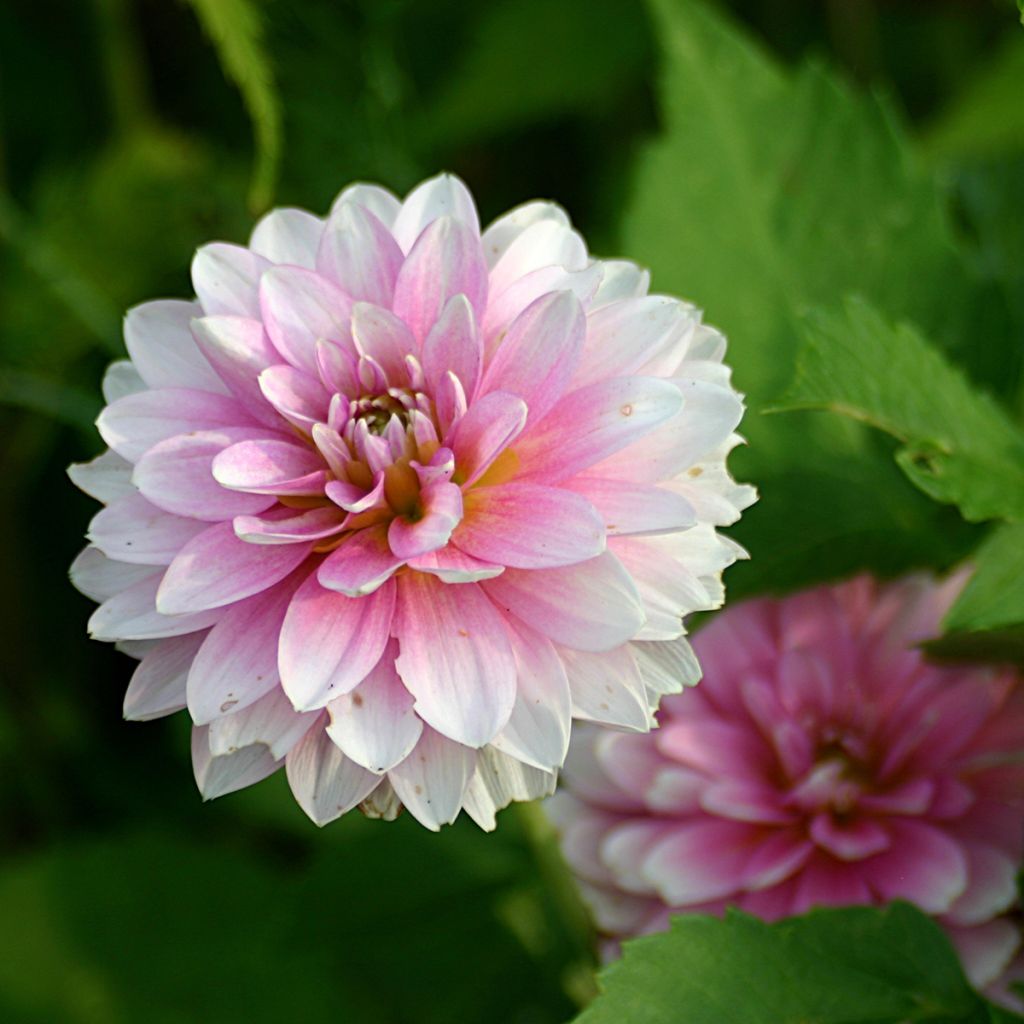

Dahlia Offshore Dream
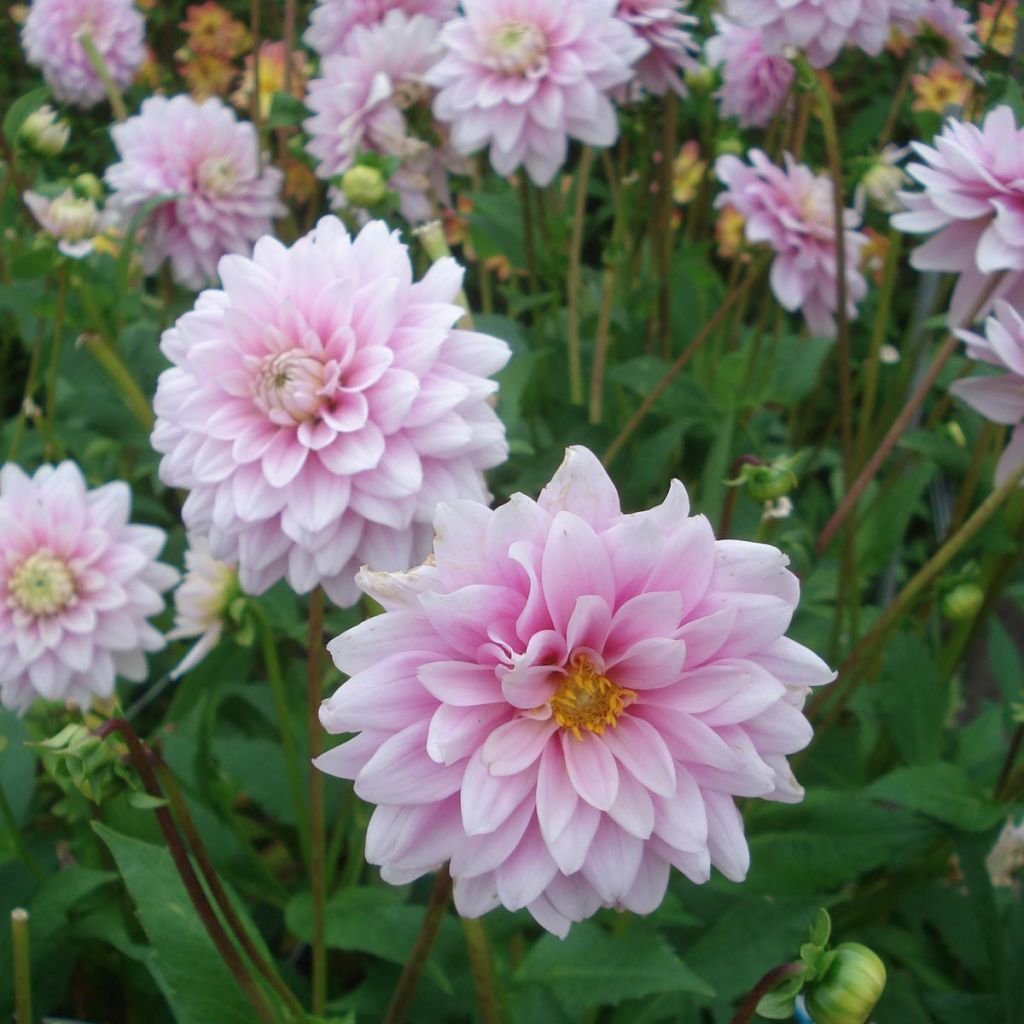

Dahlia Offshore Dream
Dahlia Offshore Dream
Dahlia Offshore Dream
Dahlia
Beautiful bulb
Dominique C., 01/09/2020
Why not try an alternative variety in stock?
View all →This plant carries a 6 months recovery warranty
More information
We guarantee the quality of our plants for a full growing cycle, and will replace at our expense any plant that fails to recover under normal climatic and planting conditions.
From €5.90 for pickup delivery and €6.90 for home delivery
Express home delivery from €8.90.

Does this plant fit my garden?
Set up your Plantfit profile →
Description
The Dahlia 'Offshore Dream' has camellia-like flowers that will reach a height of 70 cm (28in) and a width of 60 cm (24in). Its highly branched stems are hollow. Its leaves are opposite and pinnatisect, meaning they are divided into 3 or 5 leaflets, which have highly denticulate lobes. The stems and leaves are medium green. The plant has a bushy habit and, as a large variety, it is important to enhance its width to strengthen its stature. Dahlia flowers have flat, wide, straight, and rounded ligules. The heart of the flower is in the form of a closed calyx. The flowers of the 'Offshore Dream' variety measure 15 cm (6in) in diameter or more and are full and double. The ligules are generally straight and slightly concave. Their base gradually turns from incarnadine pink to a delicate porcelain pink at the tip. The shorter central florets form a white and chartreuse green calyx before reaching maturity.
Dahlia flowering is exceptionally long. Our variety blooms from August to October. To encourage repeat flowering and extend the flowering period, take care to remove faded flowers. Better yet, regularly cut them to create attractive colorful bouquets by combining various varieties.
Dahlias are easy to grow and, for a more generous flowering, it is good to follow a few simple rules: they need a lot of sunlight. Plant the tubers in a sunny location after the last frost. Rich, fresh, and well-drained soil is welcome. Excessive moisture can cause the tubers to rot. Feel free to amend the soil with compost and sand if necessary.
Dahlias are very melliferous, which is valuable for bees as nectar sources become scarce in autumn. In the middle of a flower bed, these Dahlias will create colourful spots with large rudbeckias, heleniums, cosmos, or even sedum accompanied by Pennisetum villosum to bring softness and delicacy to the landscape.
With its many faces, the Dahlia, originally from the high plateaus of Mexico, now has around 20,000 varieties. This tuberous plant was initially cultivated as a root vegetable for consumption. However, its poor taste gave way to its exuberant flowering. Since then, the interest in this highly floriferous Asteraceae has never waned.
Report an error about the product description
Dahlia Offshore Dream in pictures
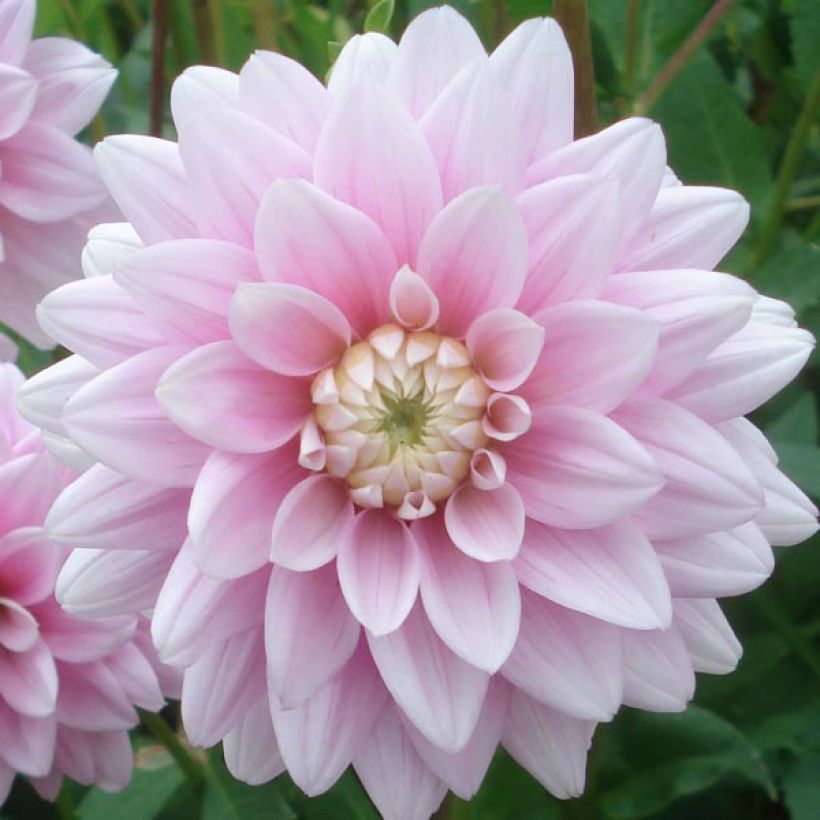

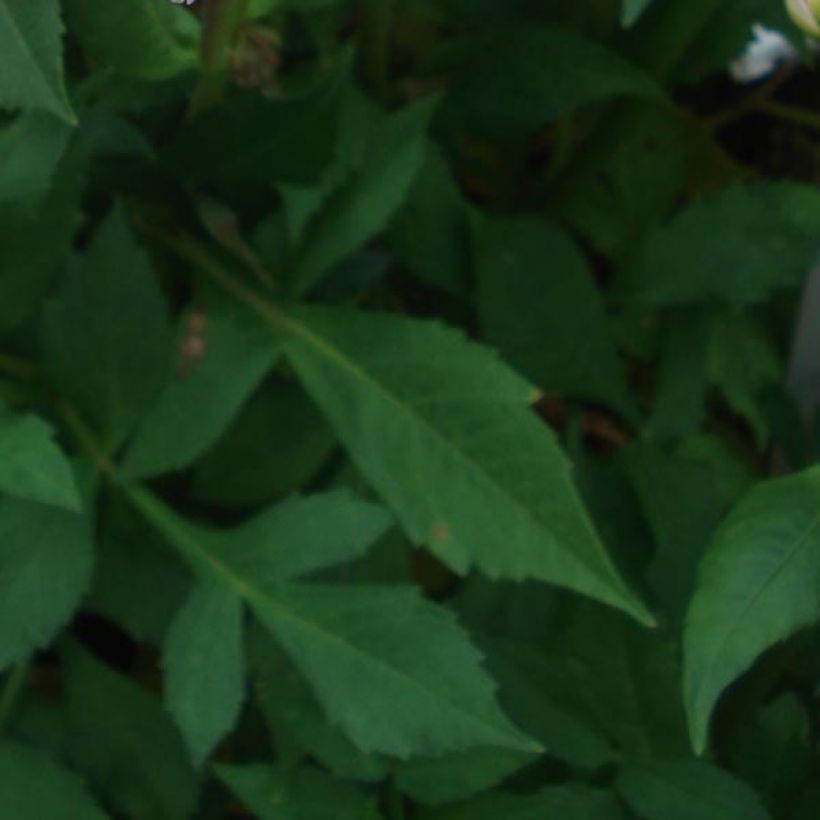

Plant habit
Flowering
Foliage
Botanical data
Dahlia
Offshore Dream
Asteraceae
Dahlia
Cultivar or hybrid
Other Camellia Dahlia
Planting and care
Plant your dahlias in the spring in deeply worked soil enriched, for example, with crushed horn or dehydrated blood. Place your tuber in the hole and crumble the soil to fill it without any air pockets. Your dahlia should be covered with 6 cm (2in) of soil. At the end of planting, pour one litre of water. Water regularly during the first 6 weeks to help with rooting. Dahlias are sensitive to cold. They need to be overwintered under cover. In November, the first frost will blacken the foliage, it's time to dig them up. Carefully unearth the tubers. Remove as much soil as possible. Let the foliage dry so that the tuber can replenish its reserves. When the foliage is dry, cut the stems 10 cm (4in) from the tuber. Spread your bulbs in a box on newspaper. Store in a frost-free, dry, cool, and dark place. In regions in the South or near the coast where there are few frosty days per year, it is possible to leave them in place. In this case, simply cover the ground with a layer of leaves or straw as protection. This tall dahlia, with its hollow stems, is not resistant to wind or heavy rain. To overcome this drawback, you can stake it but it's not very attractive. On the other hand, by pinching the stems early you can spread out the habit of the plant, which will offer more resistance to bad weather. Alternatively, you can remove the axillary flower buds to channel the flow of sap to a single flower, which will become larger and sturdier, though taller.
Planting period
Intended location
Care
-
, onOrder confirmed
Reply from on Promesse de fleurs
Dahlias
Haven't found what you were looking for?
Hardiness is the lowest winter temperature a plant can endure without suffering serious damage or even dying. However, hardiness is affected by location (a sheltered area, such as a patio), protection (winter cover) and soil type (hardiness is improved by well-drained soil).

Photo Sharing Terms & Conditions
In order to encourage gardeners to interact and share their experiences, Promesse de fleurs offers various media enabling content to be uploaded onto its Site - in particular via the ‘Photo sharing’ module.
The User agrees to refrain from:
- Posting any content that is illegal, prejudicial, insulting, racist, inciteful to hatred, revisionist, contrary to public decency, that infringes on privacy or on the privacy rights of third parties, in particular the publicity rights of persons and goods, intellectual property rights, or the right to privacy.
- Submitting content on behalf of a third party;
- Impersonate the identity of a third party and/or publish any personal information about a third party;
In general, the User undertakes to refrain from any unethical behaviour.
All Content (in particular text, comments, files, images, photos, videos, creative works, etc.), which may be subject to property or intellectual property rights, image or other private rights, shall remain the property of the User, subject to the limited rights granted by the terms of the licence granted by Promesse de fleurs as stated below. Users are at liberty to publish or not to publish such Content on the Site, notably via the ‘Photo Sharing’ facility, and accept that this Content shall be made public and freely accessible, notably on the Internet.
Users further acknowledge, undertake to have ,and guarantee that they hold all necessary rights and permissions to publish such material on the Site, in particular with regard to the legislation in force pertaining to any privacy, property, intellectual property, image, or contractual rights, or rights of any other nature. By publishing such Content on the Site, Users acknowledge accepting full liability as publishers of the Content within the meaning of the law, and grant Promesse de fleurs, free of charge, an inclusive, worldwide licence for the said Content for the entire duration of its publication, including all reproduction, representation, up/downloading, displaying, performing, transmission, and storage rights.
Users also grant permission for their name to be linked to the Content and accept that this link may not always be made available.
By engaging in posting material, Users consent to their Content becoming automatically accessible on the Internet, in particular on other sites and/or blogs and/or web pages of the Promesse de fleurs site, including in particular social pages and the Promesse de fleurs catalogue.
Users may secure the removal of entrusted content free of charge by issuing a simple request via our contact form.
The flowering period indicated on our website applies to countries and regions located in USDA zone 8 (France, the United Kingdom, Ireland, the Netherlands, etc.)
It will vary according to where you live:
- In zones 9 to 10 (Italy, Spain, Greece, etc.), flowering will occur about 2 to 4 weeks earlier.
- In zones 6 to 7 (Germany, Poland, Slovenia, and lower mountainous regions), flowering will be delayed by 2 to 3 weeks.
- In zone 5 (Central Europe, Scandinavia), blooming will be delayed by 3 to 5 weeks.
In temperate climates, pruning of spring-flowering shrubs (forsythia, spireas, etc.) should be done just after flowering.
Pruning of summer-flowering shrubs (Indian Lilac, Perovskia, etc.) can be done in winter or spring.
In cold regions as well as with frost-sensitive plants, avoid pruning too early when severe frosts may still occur.
The planting period indicated on our website applies to countries and regions located in USDA zone 8 (France, United Kingdom, Ireland, Netherlands).
It will vary according to where you live:
- In Mediterranean zones (Marseille, Madrid, Milan, etc.), autumn and winter are the best planting periods.
- In continental zones (Strasbourg, Munich, Vienna, etc.), delay planting by 2 to 3 weeks in spring and bring it forward by 2 to 4 weeks in autumn.
- In mountainous regions (the Alps, Pyrenees, Carpathians, etc.), it is best to plant in late spring (May-June) or late summer (August-September).
The harvesting period indicated on our website applies to countries and regions in USDA zone 8 (France, England, Ireland, the Netherlands).
In colder areas (Scandinavia, Poland, Austria...) fruit and vegetable harvests are likely to be delayed by 3-4 weeks.
In warmer areas (Italy, Spain, Greece, etc.), harvesting will probably take place earlier, depending on weather conditions.
The sowing periods indicated on our website apply to countries and regions within USDA Zone 8 (France, UK, Ireland, Netherlands).
In colder areas (Scandinavia, Poland, Austria...), delay any outdoor sowing by 3-4 weeks, or sow under glass.
In warmer climes (Italy, Spain, Greece, etc.), bring outdoor sowing forward by a few weeks.

































